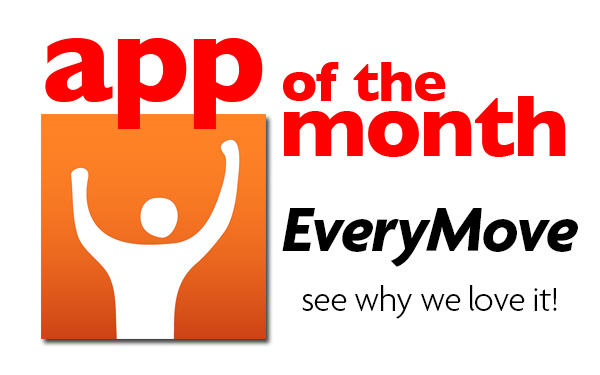Ask the trainer: “For someone who has never worked out, where is the best place to start?”
“For someone who has never worked out, where is the best place to start?”—Kerriene E., Southern Alberta Institute of Technology
We know exercise is good for us, with long-term benefits (e.g., stronger bones and lower blood pressure) and more immediate benefits (e.g., improved emotional state). If you’ve never exercised before, stepping foot into a gym can be intimidating. There are so many machines and free weights and people doing their own things. How do you know what to do? Where do you start?
Here’s what the Centers for Disease Control and Prevention recommends

OK, so what does that mean exactly?
Aerobic activity
Start with 10-minute segments. If you can get a few 10-minute sessions in per day, the time really adds up. As you build fitness, you can start to increase your workout segments to 20 minutes. Work hard enough that you’re breathing hard and breaking a light sweat (a heavy sweat is fine, too).
Aerobic activity isn’t just about ’80s step aerobics (though that is totally legitimate, and we approve wholeheartedly). You don’t even need to go to the gym to get your aerobic activity in. A brisk walk around campus counts!
Here are some other ideas
- Take the long way to class.
- Add in a post-dinner bike ride.
- If you’re digging the gym, try the stationary bike, elliptical, treadmill (walking or running), step mill, rowing machine, or anything that gets your heart rate up.
Strength training
Strength training, or resistance training, focuses on building and maintaining your muscle mass. And that’s important in keeping your heart disease risk low, your body fat percentage in a healthy range, your bones protected, and more, according to the American College of Sports Medicine. Perform resistance training on two nonconsecutive days per week. If you’re brand new to strength training, start with body weight exercises or resistance machines. You can progress to using free weights when you become stronger and more accustomed to exercise.
Squats, lunges, push-ups, and planks are great exercises that use only your body weight and incorporate many muscle groups. Make sure to use proper form with all exercises. If you’re not sure what proper form is, ask a trainer at your campus or local gym for help.
As you get stronger and become fitter, you can choose to increase the amount of time and number of days per week that you exercise. Just get moving—you won’t regret it.



